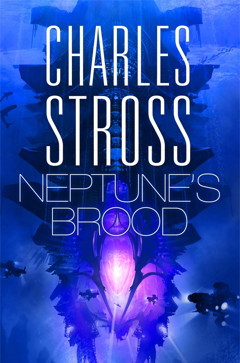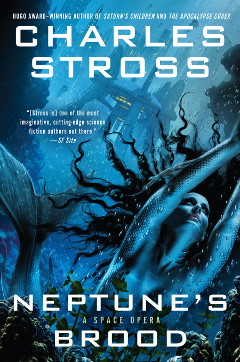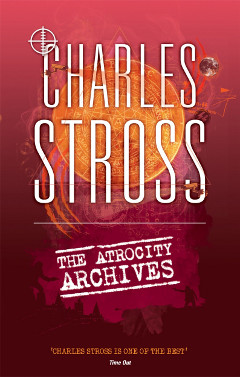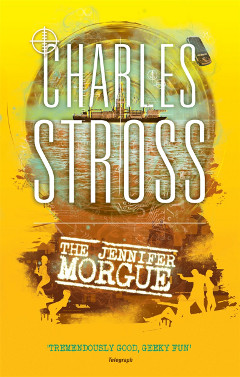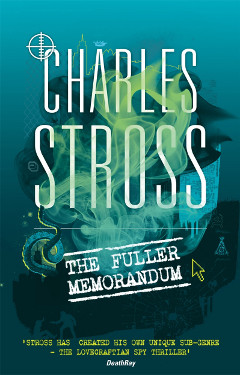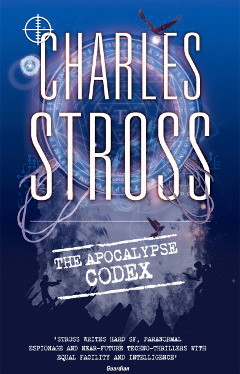While Charlie's away, Joan and Stina appreciate the chance to fill in. Picking up on Elizabeth's thread:
So where "on the map" are women in science and science fiction?
A startling study in PNAS tests how male and female lab directors hire a lab manager. Both male and female scientists are more likely to hire a male than a female. "Analyses indicated that the female student was less likely to be hired because she was viewed as less competent" -- although the study design had presented candidates with identical qualifications. Similar studies show that both male and female reviewers are more likely to review favorably a paper by a male author. And a recent issue of Nature reviews the whole disturbing picture.
The dearth of women in engineering and Silicon Valley is no surprise. And in related technical fields, the climate remains harsh. Stina recalls how she worked at Motorola as a graphic designer. "My first experience with gender bias was while working at Motorola. They paid me $48k per year and made out like they were verging on overpaying. (This, with six or seven years experience working for Motorola as an illustrator/designer.) Mind you, I'd designed the covers for their award-winning PowerPC user manuals. Eventually, I got a $2,000 merit raise. They then promptly hired a male graphic designer fresh out of college for $65k. I was not happy when I found out. I'll add that at that time there was an older male manager known for sexually harassing the female staff--an incident in a cab was particularly frightening. There were enough complaints documented that rumors of a lawsuit surfaced. That was when personnel took notice, and I was interviewed. (I’d had my own incident with the manager in question.) In the end, personnel chose to protect the manager. He got a transfer to another department."
But the findings reported by PNAS and Nature are more surprising because they focus on the biological sciences, where women arguably seem to
have made the greatest strides. In biology classes of undergraduate and
graduate schools, women now often outnumber men. A student of Joan's recently interviewed at a top grad school where he was the only male candidate, with a dozen females. But who are their professors? There, it's a different story.
Remember that it's been barely a generation since women in most Western cultures, educated or not, were expected to stay home. Those of us who first pursued careers had to fill the roles that male communities assigned. Thirty years ago, Joan recalls sitting in the office of a female mentor who had done her graduate work with James Watson, and who lacked confidence in young Joan. When Joan burst into tears, her mentor paused and reflected, "That happened to me in Watson's office." The mentor--like her own former mentor, Watson--had been trained to devalue her female students.
It's tempting to think, "We've Outgrown All That." There are indeed many mentors, including males, who effectively support women students
and writers. And there always have been--John Bernal, for instance, a contemporary of Watson's who effectively mentored several female crystallographers, including Nobel-winner Dorothy Hodgkin. Today, perhaps it's too easy to say "We support women," or "We interview women" (though they don't quite get the job.) The PNAS and Nature stats cannot be written off. Is it possible we've taken our modernity for granted? Are our modern biases so skillfully hidden from ourselves that we don't even see?
Try this test and find out. Do you personally associate science with male more than female? What about race, ethnicity, orientation? Most of us who take this test find that our minds still deeply associate male/science and female/family. Is it reasonable to think such associations don't affect our professional judgments?
The gender bias exists in fiction too. It's well known that reviews are what give authors a leg up in the literary world. However, male authors are statistically more likely to get coverage than female authors by a large margin. According to data collected by VIDA (an organization for Women in the Literary Arts):"The New York Review of Books (89 reviews of female authors in 2012 to 316 of male authors), the London Review of Books (74 female authors to 203 male) and the Times Literary Supplement (314 female authors to 924 male authors) fared especially ill."
If you think that SF and F are free of this bias, think again. The cover of our own SFWA Bulletin (the 2013 Spring issue that just arrived) only lists articles by male authors. Meanwhile inside the magazine, there are no less than forty-three cover images of novels by male authors as opposed to five by female authors. (One of those five was clipped in such a way as the name of the author was removed from the image.) In the Fall of 2012 issue, the numbers were male: twenty, female: twelve--and that was in an issue that highlighted female SFF authors. Reviewers of the women-centered anthology The Other Half of the Sky praise the "female protagonists ... just as incredible and compelling as their male counterparts." How long will we have to go on proving this point?
These stats are of particular interest for those of us in research science, where objectivity is the coin of our realm; and in science fiction, which claims to reach beyond “mundane” assumptions. Overcoming gender bias, and assumptions in other dimensions, can only lead to more creative science and fiction.
So what can we do about it?
(Note for newcomers: Stina Leicht is the author of two novels published by Nightshade Books, Of Blood and Honey, And Blue Skies from Pain and has a new short story appearing in the anthology Rayguns Over Texas this fall. Joan Slonczewski authors the Frontera series and conducts microbiology research funded by the US National Science Foundation.)

